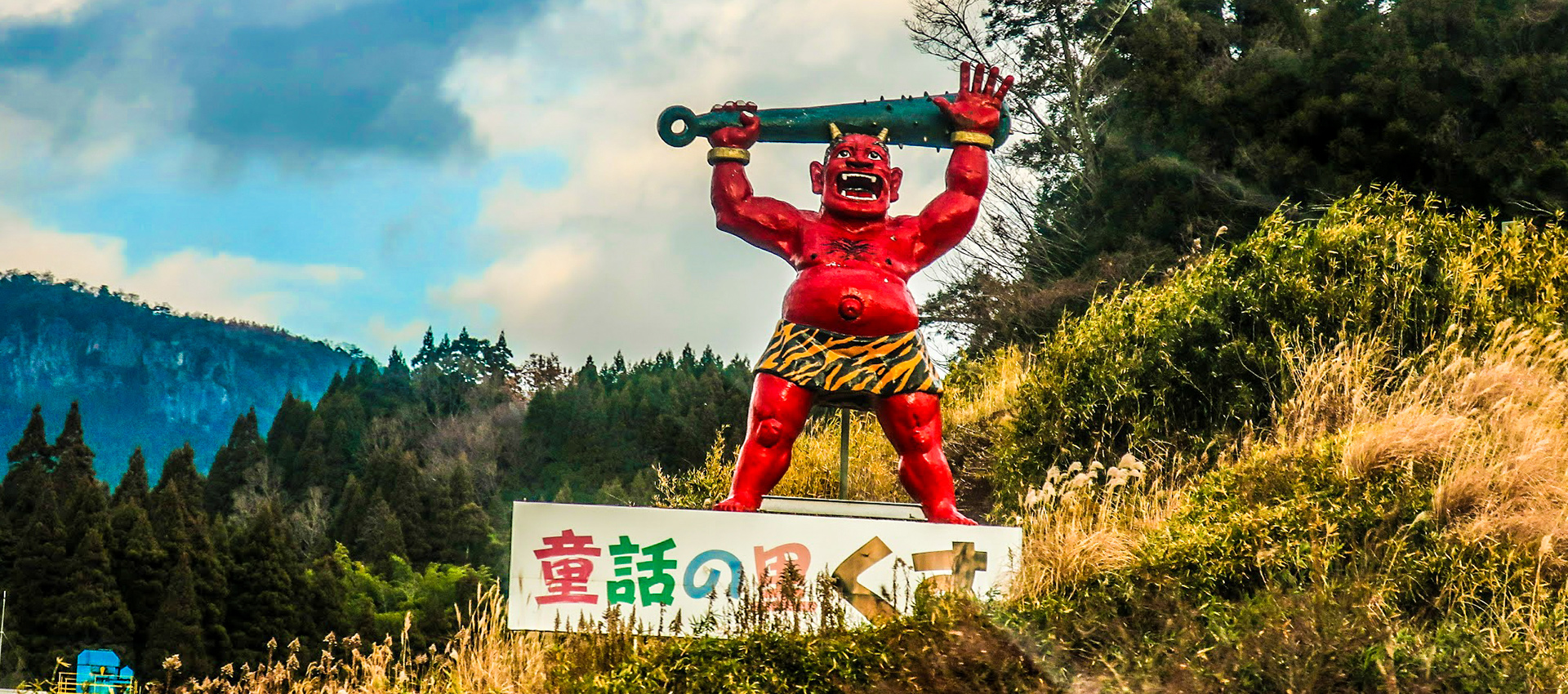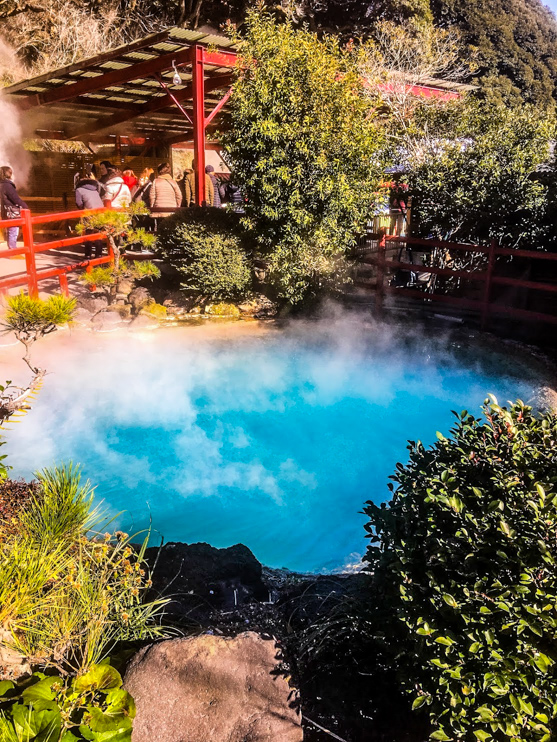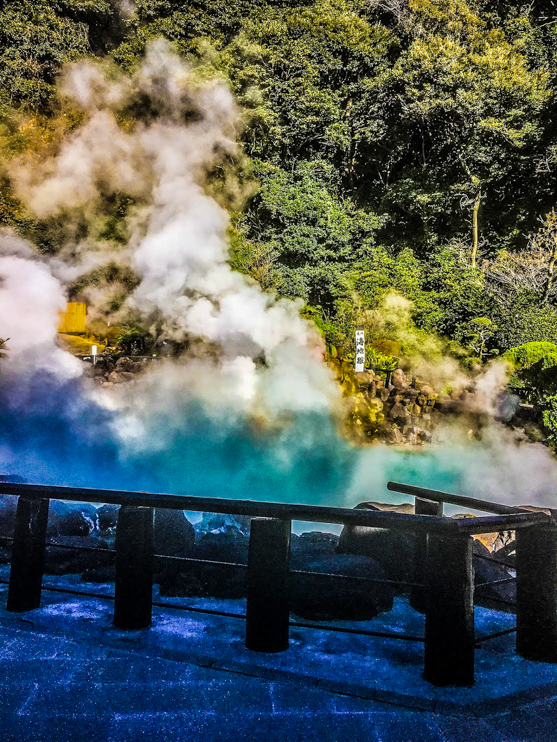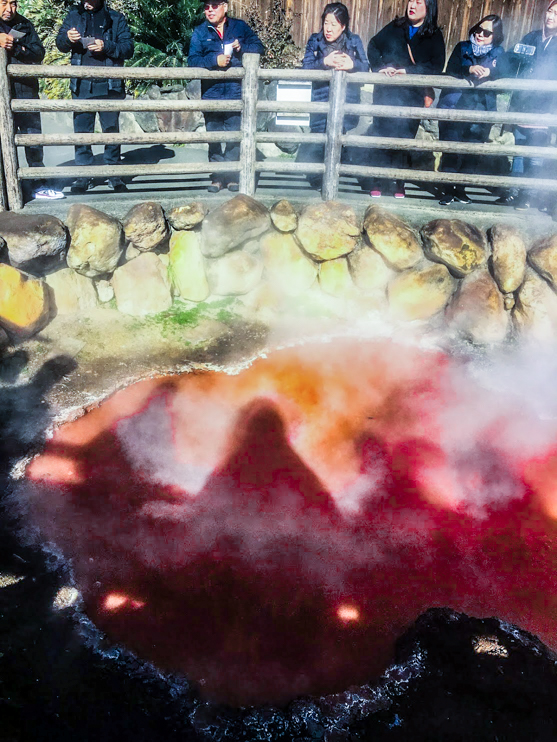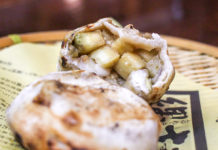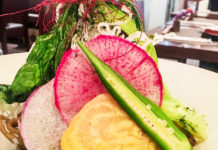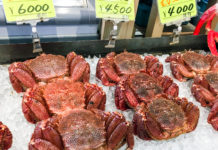Tucked into the north eastern corner of Kyushuu, the Seven Hells of Beppu awaits daring travelers who venture to Oita prefecture. The collection of hot springs spread over the city of Beppu exude an otherworldly beauty. Although these aren’t the kind of hot springs you can bathe in, each one has a distinct atmosphere and offers its own reason for a visit. The easiest way to visit all seven hot springs is with a car, but you can also visit both the Kannawa and Shibaseki hells by bus. Whether you decide to visit a single hot spring or purchase a combo pack for all seven, a return journey to multiple hells is certainly a travel experience worth bragging about.
Getting in and Around the Hells of Beppu
If you can get a rental car then you can easily breeze through Oita and make a tour of each of the Seven Hells of Beppu in an afternoon. If you’ve arrived via the JR Beppu station, however, the bus system can easily take you where you need to go. For the seven Kannawa onsen, you can just take the number 5, 7, or 9 bus to the Kannawa bus terminal and reach each spot by foot. All of the hot springs are a short walk from each other, and signs will guide you from place to place.
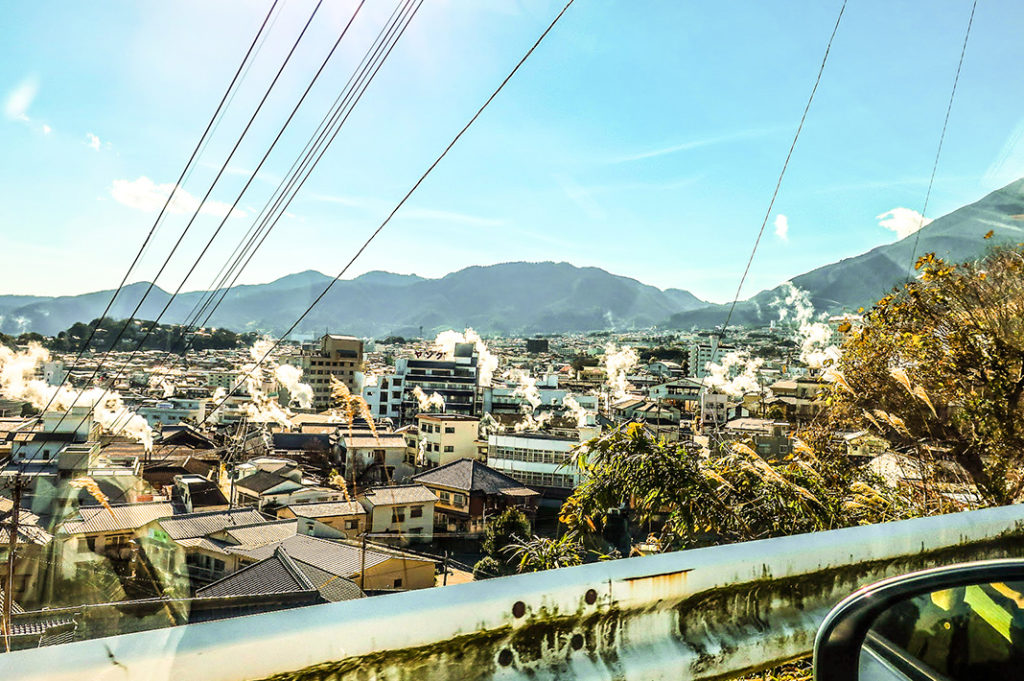
If you’re planning to take in the onsen a little further afield in Shibaseki, the 16 and 16A buses will take you where you need to go. Just board the bus at Kannawa and ride it to Shibaseki station. To get back to Beppu station, you can continue along the same route, or simply grab the 26 or 26A back to Kannawa.
Kannawa Hells
Many people begin their tour of the Seven Hells of Beppu with the Umi Jigoku or Sea Hell. One of the largest and most impressive hells, the onsen takes its name for the steaming blue waters that circulate through the center of the complex. This onsen is also surrounded by a few smaller onsen ponds scattered throughout.
Similarly, the Shiraike Jigoku or White Pond Hell has a milkier whitish color. This onsen is also home to a small aquarium showcasing fish from around the region.
Nearby, you can also find the Onishibozu Jigoku. While this one doesn’t have a large central pond, it does have a series of small muddy pools that bubble up periodically. This creates circular whorls that seem to emerge from a hidden world buried deep underground.
The Cooking Pot Hell, known as Kamado Jigoku in Japanese, is a series of smaller hot springs. However, true to its name, these hot springs provide a tasty opportunity to sample hot eggs and other snack prepared from the boilding waters.
You can finish your tour of the Kannawa Hells at Oniyama Jigoku. The onsen is famous less for its large boiling pool than it is for the large crocodiles that live nearby. The complex serves as a breeding facility for the toothy reptiles.
Shibaseki Hells
Once you’ve made it over to the Shibaseki district, you will likely continue your tour of the Hells of Beppu with a visit to the Chinoike Jigoku or Blood Pond Pool. Unlike the blue and white onsen in Kannawa, this pond takes its name from the distinct reddish waters that flow through the area. The steam is particularly thick at this one, so make sure to bide your time if you want to get a good view or the perfect picture.
Finally, the Tatsumaki Jigoku features a regularly erupting geyser. The geyser shoots up out of the ground approximately every half hour and lasts for several minutes at a time. To avoid showering the crowd with boiling water, the geyser is contained with a cover, but is still well worth a visit.
Once you’ve finished in Shibaseki, you can return to Beppu Station and explore the rest of the city. Safely back home from the Hells of Beppu, you’ll have the rare privilege of being able to say you’ve toured not one, but seven hells, and made it back to tell the tale.
Post by Japan Journeys.



